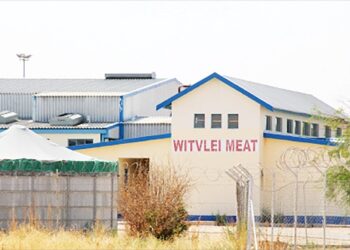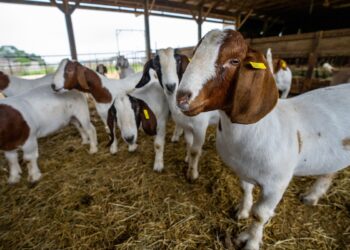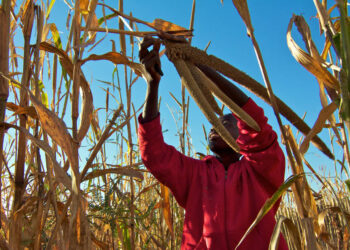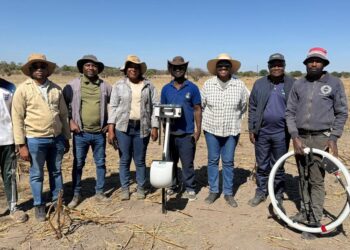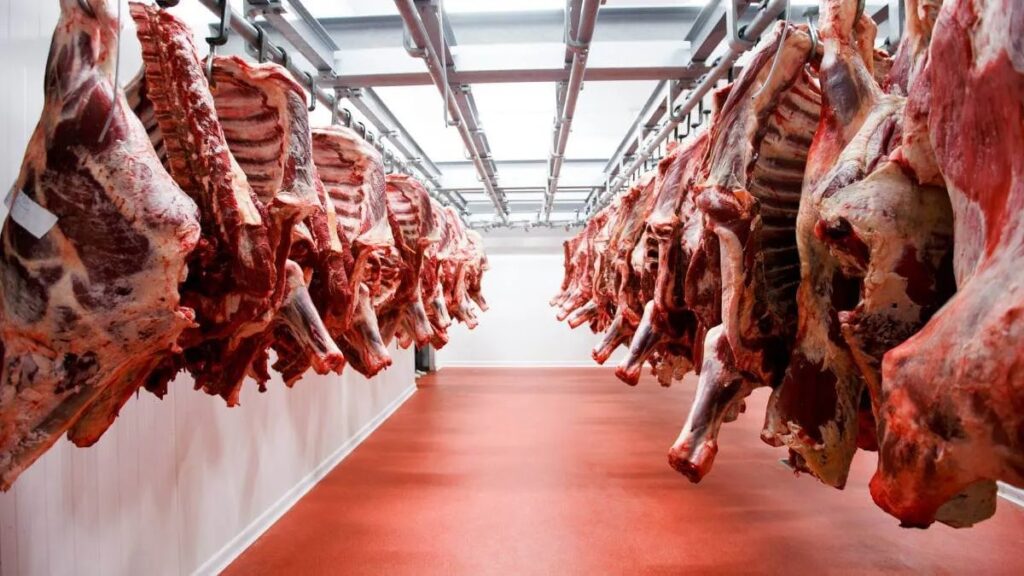
Namibia’s beef exports dropped by about 50% in the first half of 2025, cutting farm-gate revenue by between N$600 million and N$800 million, Simonis Storm Head of Investments Max Rix said.
Rix attributed the slump to herd rebuilding after the 2024 drought and veterinary restrictions.
“A halving of beef exports in H1 represents a direct farm-gate revenue loss of roughly N$600–800 million. Once downstream effects are considered, abattoirs operating below capacity, transport companies underutilised, auxiliary services idled, the drag on national GDP growth in 2025 is between 0.5 and 1 percentage point,” he said.
Exports fell 51.4% year-on-year in the first quarter to 1.43 million kilograms and 49.7% in the second quarter to 4.04 million kilograms, down from more than 8 million kilograms previously.
Rix said farmers are holding back cattle to rebuild herds, reducing marketed numbers by almost 60%. Live exports to South African feedlots dropped by three-quarters, while export abattoirs processed a third fewer animals.
“This paradox is striking: Namibia had green pastures and full dams, but empty abattoirs and halved export flows. The bottleneck was caused by farmers rebuilding herds while veterinary restrictions slowed movement, leaving exporters unable to meet demand,” he said.
Rix warned that the slowdown could cut GDP growth by 0.5 to 1 percentage point in 2025. He said Namibia must reduce dependence on live exports to South Africa and focus on markets in Asia and the Middle East.
“Without reform, Namibia will continue repeating the cycle of drought-driven liquidation, wet-season retention, export collapse, and abattoir distress. Policy needs to recalibrate incentives, modernise veterinary logistics, and secure new markets,” he said.



